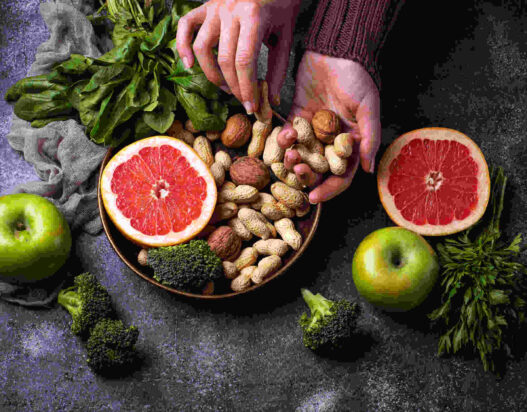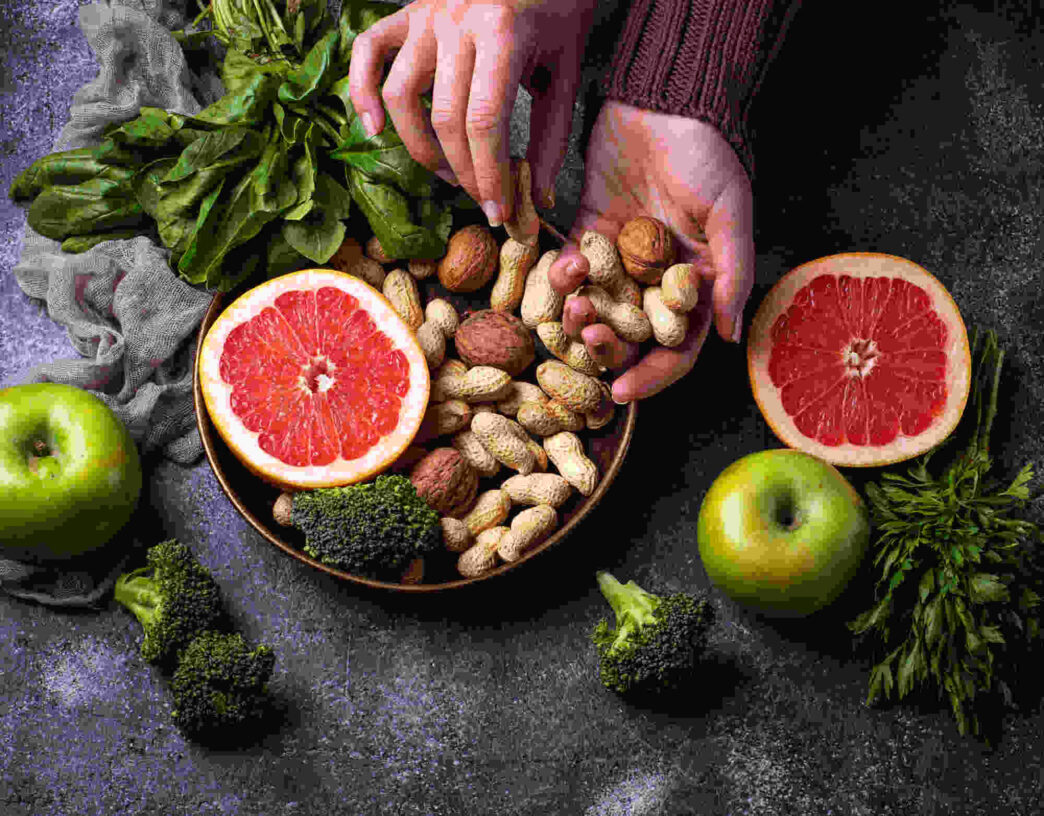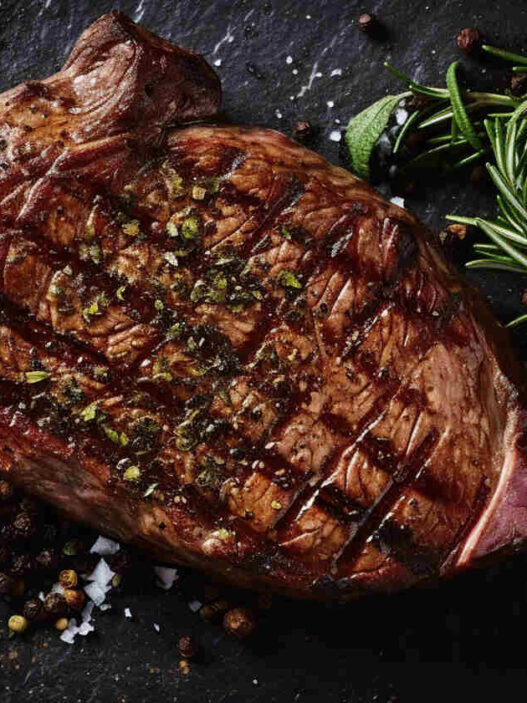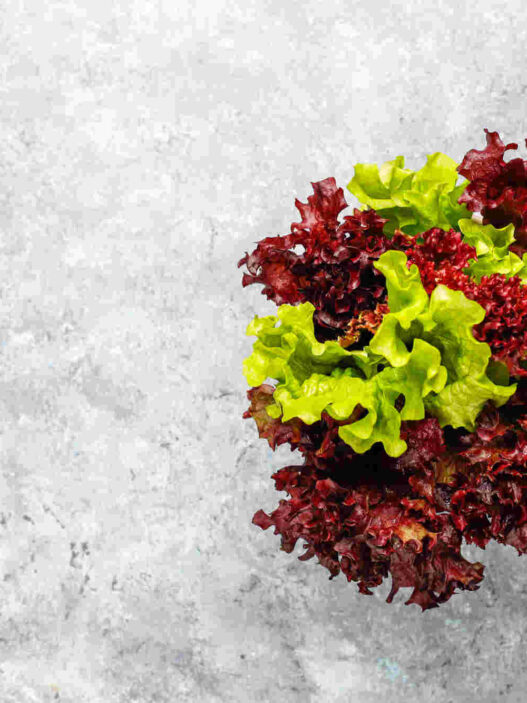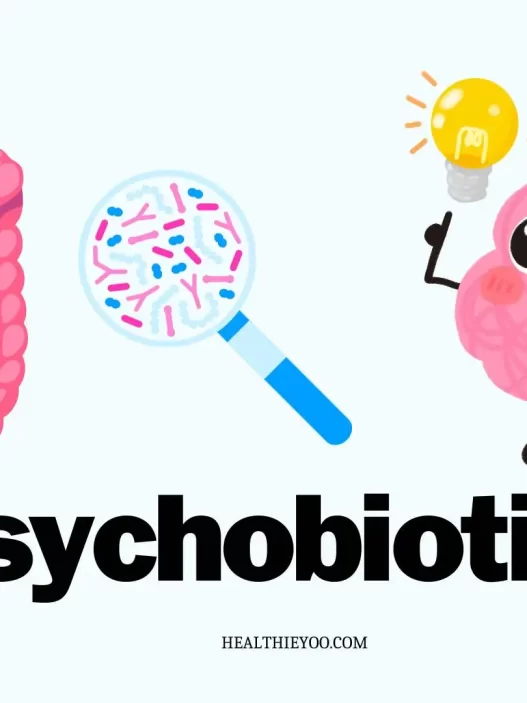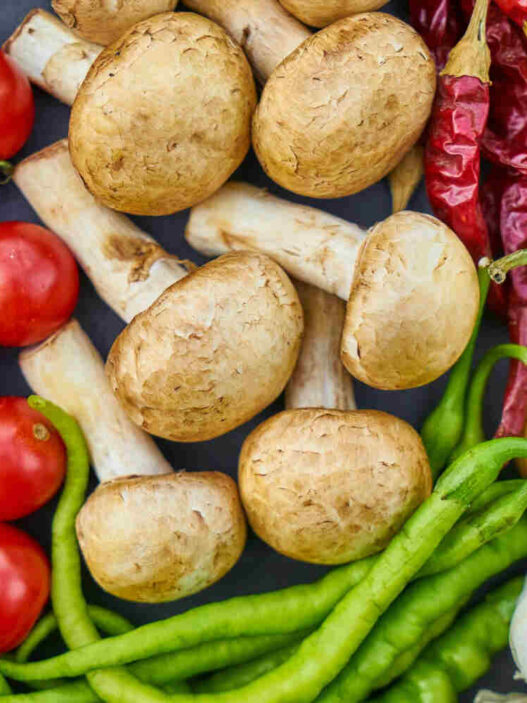Nutritionism – a reductionist approach to understanding and interpreting nutrition & dietary advice.
“Life presents us with moments of decision – crossroads where we either choose a new direction and move on, or cling to what we already have and be miserable.”
— Mary Buchan, Over iT: How to Live Above Your Circumstances and Beyond Yourself
Since ancient times, crossroads have been weighty places steeped in history and significance. The ancient Greeks had a God of the Crossroads, Hecate, who is also a deity associated with the night and magic. The ancient Celts viewed the crossroads as a place of both power and danger, a betwixt and between space where the veil between worlds was thin. From Europe to Africa to the Americas, crossroads have been a sacred space to all the ancient tribes of humankind, a historical thread that connects us all.
Today, crossroads still represent inflection points at which difficult but important decisions are made at the individual and societal levels. The current debate surrounding artificial intelligence (AI) and its uses, for example, raises intriguing questions. Can AI truly be unbiased? Can it be manipulated? Can it evolve to embody its own consciousness and independent thought? Does that make it alive? Will it replace us as the dominant species on the planet? These questions, while challenging, are crucial for us to consider as we navigate the future.
All of these are necessary and important considerations. It is, perhaps, the type of thoughtful discussion we should’ve had decades ago regarding ultra-processed foods (UPFs). Despite an entrance into modern food pathways following World War II, it was not until the 1970s and 80s, with the introduction of cheap ingredients like high-fructose corn syrup and soybean oil coupled with improved global distribution networks, that they began to assume their now ubiquitous position in our modern diets.
At that same time, the focus regarding food and health was moving away from whole foods and towards focusing on particular components. This shift drove the production and consumption of ultra-processed foods as the government turned to food manufacturers to create foods with specific characteristics that adhered to their recommendations, like fat-free desserts and zero-calorie soft drinks. Today, almost a half-century after its introduction in the mid-1980s, we continue to view the food-health relationship through the lens of Nutritionism.
What is Nutritionism?
Nutritionism, as defined by Prof. Gregory Scrinis, describes a reductionist approach to understanding and interpreting nutrition and dietary advice. Nutritionism emphasizes the importance of the individual constituents of food; nutrients such as vitamins, minerals, proteins, fats, and carbohydrates. This perspective often leads to the idea that the healthiness of a food can be determined solely by its nutrient components.
It is a familiar tactic used to promote diets based on implied benefits of broad categories like “antioxidants” or the sale of supplements based on the “extracts of superfoods.” This type of marketing and associated health claims can oversimplify or misrepresent the true nutritional value and worth of such a product. It often devolves into an “eat this, not that” dictum. Such a narrow perspective comes at the expense of considering whole foods and their complex interactions in overall dietary patterns and ignores the effects of balanced and diverse eating models.
A recent report by The Food Foundation highlighted the decline of children’s health within the United Kingdom. They identified significant health-related problems attributed to “poor-quality diets and undernutrition.” Specifically, they identified that the height of 5-year-olds has been falling since 2013, type II diabetes among those under 25 has increased by 22% in just the last five years, obesity among 10-11-year-olds has increased by 30% since 2006, and babies born today will enjoy a year less good health than babies born a decade ago. The solution, as they see it, is “a diet that provides all the essential nutrients.”
However, as Nina Teicholz and Gary Taubes have observed in their recent column regarding this report, “they also raise fundamental questions about the nature of the dietary advice being given, the definition of a high-quality diet, and whether the dietary guidance underlying these policies has itself been wrong, not just its implementation…. We’ve been hearing about ensuring the consumption of fruits, vegetables, and fiber for decades now, but it hasn’t worked yet. Maybe the problem is the nature of the advice and not its implementation that’s to blame” (Teicholz and Taubes, 2024) [1].
The great physicist John Wheeler remarked that no scientific experiment is free from the bias of the experimenter. That is because how we design the experiment affects the results we obtain. He referenced the famous double-slit experiment. In this experiment, a coherent light source, such as a laser, shines light through a barrier with two closely spaced slits. A screen is placed behind the barrier to observe the pattern formed by the light passing through the slits.
When both slits are open, and no attempt is made to determine through which slit the light passes, an interference pattern emerges on the screen. This pattern consists of a series of bright and dark bands, characteristic of wave interference. The bright bands occur where waves from the two slits constructively interfere, and the dark bands occur where they destructively interfere. The results based on this experiment show that light behaves like a wave.
However, when a detector is placed at the slits to observe which slit the light passes through, the interference pattern disappears. Instead, two distinct bands corresponding to the two slits are observed. This result indicates that light behaves like particles or photons when measured this way.
Prof. Wheeler pointed out that the results of the experiment, and thus the conclusions we draw, in this case, whether light exists as a wave-like phenomenon or behaves like a particle, depend entirely upon which type of measurement the researcher chooses. For the last half-century, we have focused our examination of the food-health relationship primarily through the prism of Nutritionism. This has colored our conclusions and subsequently impacted dietary guidelines, recommendations, and advice.
The results of the last 50 years speak for themselves, increasing chronic disabilities and diseases like obesity and type II diabetes despite overwhelming evidence of dietary compliance. Regardless of the pervasive opinion within healthcare that such results demonstrating ever-increasing diet-related disability and disease are simply the result of unheeded advice, Americans have, in fact, listened. From the 1950s through the early 2000s, the consumption of total fats, saturated fats, red meats, butter, and eggs statistically significantly decreased —exactly as we were asked to do because we were told that doing so would result in huge health improvements. As Teicholz and Taubes have already observed, perhaps it’s not the implementation but the advice.
Nutritionism and the Food-Health Relationship
The Culinary Medicine approach that I teach at the University of Montana is fundamentally holistic. We view the individuals’ food-health relationship as one of many biologically complex systems. These complex systems and entities cannot be fully understood or appreciated merely by analyzing their individual components.
To begin with, we hardly know any of the players. Our current guidelines and recommendations are based on approximately 150 known nutrients. Currently, through ongoing research and the use of AI machine learning algorithms, the total number of compounds that are present in the food we eat now numbers around 135,000. Those 150 nutrients that we focus upon represent 1/10th of 1 percent of all the potential food components. This has been referred to by Professor Guilia Menichetti of Harvard, who is working on The Foodome Project, as the “dark matter” of nutrition.
For example, we know of 67 nutrients in garlic, but there are over 5,600 compounds. So, we are trying to understand the consequences of eating garlic with just over 1% – 1.2% to be exact – of the available information. But that is hardly the end of the story. Like the characters in a great movie, the components of the foods we eat are constantly interacting with each other.
We have many ready examples of how ingredients work together synergistically, extending beyond single-ingredient effects. For example, red meat contains molecules that are processed by certain gut microbiota and converted in our liver into trimethylamine-N-oxide or TMAO, which has been linked to higher mortality rates in individuals with heart disease.
Yet eating red meat with garlic changes the conversation.
A chemical in garlic, DMB, or 3,3-dimethyl-1-butanol interferes with that process. As Professor Menichetti has observed, “Many combinations, like garlic and red meat, may have evolved because they were tasty, but also because they were potentially very healthy for you. Red meat is possibly bad for you, but if you modulate that with consumption of garlic, or consumption of extra virgin olive oil, or wine too, you can decrease that impact.” When we examine the food-health equation with our current methods and analytics, these synergies and interactions and even the majority of the compounds found in food are not accounted for in our knowledge base.
And that is to say nothing about the conversation when we expanded the discourse to include ultra-processed foods. In our Culinary Medicine course, we use the specific definition of UPFs as defined by the NOVA classification. The NOVA classification was introduced in 2009 by Prof. Carlos Monteiro and colleagues from the University of São Paulo in Brazil. It has since been adopted for use by the World Health Organization and is considered the gold standard in research involving the effects of ultra-processed foods, being used in over 200 peer-reviewed studies to date.
The Rise of Ultra Processed Foods
The NOVA classification system categorizes foods based on their degree of processing. Ultra-processed foods (UPFs) are designated NOVA Classification Group Four. Over the last 15 years, the evidence implicating the increased consumption of this group of comestibles with chronic disability and disease has become so overwhelming that several countries now include them in their national guidelines regarding healthful eating. These countries include Brazil, Uruguay, France, Belgium, Canada, and Israel. The French Nutri-Score labeling system, which provides a quick visual indication of the nutritional quality of food products, is influenced by the principles of the NOVA classification; and the French government has instituted national programs aimed at decreasing the consumption of ultra-processed foods as defined by NOVA criteria.
Ultra-processed foods are often considered by the public to be nothing more than a natural progression in the evolution of dietary options. From hunting and gathering whatever was available to local agriculture to preservation methods and international trade, UPFs appear and are often marketed as a natural extension of that chain of events dating back to our earliest ancestors. But they most assuredly are not. They are fundamentally different in important particulars.
One critical characteristic of ultra-processed foods is that the original food matrix is fundamentally altered or destroyed. The food matrix is the way that nature packages what we eat. An easy-to-understand example of this is simply examining the difference between consuming blueberry juice and blueberries, and we are not even talking about ultra-processing in this example. The glycemic index (GI) is a measure of how quickly something we eat raises our blood sugar; the higher the number, the less desirable the food is from that perspective. When you eat blueberries, because of their matrix, they generally have a G.I. around 25. But blueberry juice, devoid of that matrix, has a G.I. of around 50. The loss of the matrix also exposes the body to an immediate bolus of fructose, which has been shown to have detrimental physiologic effects that do not arise when you eat whole blueberries.
So, while the destruction of the intrinsic food matrix is in itself problematic, in the process of reconstructing that matrix ultra-processed foods contain additives and preservatives not found in the natural world. These additives and preservatives are collectively referred to as markers of ultra-processing (MUPs), as their presence in foodstuffs generally indicates that in the manufacture of this item ultra-processing has occurred. Many of these additives, which number in the thousands, have been approved through a governmental mechanism that originated in the 1950s known as Generally Recognized As Safe, or GRAS.
Many of these, like the emulsifiers polysorbate 80 or carboxymethylcellulose (CMC), which is produced commercially from wood pulp and cotton lint, have recently been shown to negatively impact the human gut microbiome and are associated with increased systemic inflammation, which is in turn associated with an increased likelihood of developing obesity, type II diabetes, cardiovascular disease and many of the other chronic disabilities and diseases that plague our modern world. Other substances, like the sugar substitute xylitol, have been shown to be associated with an increased risk of thrombosis and increase the likelihood of a major adverse cardiovascular event (MACE) by almost 60%.
Ultra-processed foods are then often combined with excessive amounts of salt, sugars, and fats. As detailed in his book, The End of Overeating in America, former head of the FDA, Dr. David Kessler, explains how this combination is known in industry circles as a “bliss point.” Increasing amounts of salt, sugars, and fats to foods act to increase our dopaminergic response. In other words, the more salt, sugars, and fats that are in foods, the more pleasurable we find them – up to a point. That combination will vary for certain foods. For example, we might prefer a chip to be saltier and a doughnut to be sweeter. The bliss point identifies the maximum concentration of these three additives that deliver the maximum pleasure. Unsurprisingly, this dopaminergic type of response is similar to the way humans respond to opiate medications.
It is no coincidence that while whole foods like unprocessed red meats and butter that are high in naturally occurring saturated fats are vilified, ultra-processed foods as a group fly under the radar. In a 2022 paper, Mialon and colleagues detail how “95% of the 20-person expert group reviewing the science for our [US] 2020 national dietary guidelines had at least one undisclosed financial tie with a food or pharmaceutical company [1]”. It gets no better on the international stage, where policy affecting organizations like the United Nations, the Food and Agricultural Organization, and the World Health Organization (WHO) is influenced by the likes of Coca-Cola, PepsiCo, Unilever, and Nestlé.
These deep connections affecting global food governance (GFG) are highlighted in the following figure from a recent paper by Slater et al., which captures the relationship between these multi-stakeholder institutions (MIs) comprised of transnational food corporations, affiliated business interest groups, multilateral agencies, international nongovernmental organizations (NGOs), national governments, and research institutions. Particularly note the red circles, which are intertwined throughout and represent ultra-processed food manufacturers and their relationship to board member employment and affiliation of these various MIs. The size of the circles is proportionate to the links to the other organizations and thus represents the potential sphere of influence.
Of the 601 board seat positions available within these 45 global food systems MIs, almost half (43.8%) were held by ultra-processed food companies or affiliates. Four corporations were particularly influential: Unilever, which has 20 board seats; Nestlé, which has 17; PepsiCo, which has 14; and The Coca-Cola Company, which holds 13 board seats. It is time that we recognize ultra-processed foods for what they are; a manufactured commodity made for profit first. It is also time that they are accounted for and included in our discussion and analysis of the food-health relationship.
This is the decision we face. To continue onward as we have done for the last half-century, distracted by the shiny allure of Nutritionism being dangled before us, or to change path and acknowledge The Devil’s Food Cake at The Crossroads, checkout counters, and fast-food drive-throughs. The choice is ours.
Sources
Chassaing, B. C. (2021). Randomized controlled-feeding study of dietary emulsifier carboxymethylcellulose reveals detrimental impacts on the gut microbiota and metabolome. Gastroenterology, DOI: 10.1053/j.gastro.2021.11.006.
Food Foundation.org. (2024, June 19). A Neglected Generation: Reversing the decline in children’s health. Retrieved from FoodFoundation.org: https://foodfoundation.org.uk/sites/default/files/2024-06/TFF_Children%27s%20Health%20Report.pdf
Kessler, D. A. (2010). The End of Overeating: Taking Control of Our Insatiable Appetite by David A. Kessler. New York: Penguin Books.
Menichetti G, B. A.-L. (2022). Nutrient concentrations in food display universal behavior. Nutrient concentrations in food display universal behavior. , DOI: 10.1038/s43016-022-00511-0.
Menichetti G, R. B.-L. (2023). Machine Learning Prediction of the Degree of Food Processing. Nature Communications, DOI: 10.1038/s41467-023-37457-1.
Menichetti, G. (2022, November 18). YouTube. Retrieved from The Foodome Project. The Institute for Experimental AI. : https://youtu.be/ltSO6E23kj4?si=Fjvog-wixgYoUQvh
Mialon M, S. P. (2022). Conflicts of interest for members of the US 2020 dietary guidelines advisory committee. Public Health Nutrition., 27(1):e69. doi:10.1017/S1368980022000672.
Nasirian F, M. G. (2023). Molecular interaction networks and cardiovascular disease risk: the. Arteriosclerosis, Thrombosis, and Vascular Biology.
Scrinis, G. (2013). Nutritionism: The Science and Politics of Dietary Advice. New York: Columbia University Press.
Slater, S., Lawrence, M., Wood, B., Serodio, P., Van Den Akker, A., & Baker, P. (2024). The rise of multi‑stakeholderism, the power of ultra‑processed food corporations, and the implications for global food governance: a network analysis. Agric Hum Values, https://doi.org/10.1007/s10460-024-10593-0.
Steele, E., O’Connor, L., Juul, F., Khandpur, N., Baraldi, L., Montiero, C., . . . Herrick, K. (2023). Identifying and Estimating Ultraprocessed Food Intake in the US NHANES According to the Nova Classification System of Food Processing. The Journal of Nutrition, https://doi.org/10.1016/j.tjnut.2022.09.001.
Teicholz, N. (2024, June 27). Pepsi, Coke, Nestlé, Unilever found to dominate global food policy. Retrieved from Unsettled Science: https://unsettledscience.substack.com/p/pepsi-coke-nestle-unilever-found?utm_campaign=email-post&r=2o6a0d&utm_source=substack&utm_medium=email
Teicholz, N. a. (2024, June 22). The UK gets a reality check as children get fatter yet shorter. Retrieved from Unsettled Science: https://unsettledscience.substack.com/p/nutrition-and-health-news-this-week-16a?utm_campaign=email-post&r=2o6a0d&utm_source=substack&utm_medium=email
Turner, N. (2023, May 15). American Society for Nutrition. Retrieved from Using the Nova classification system to identify and estimate intake of ultraprocessed foods: https://nutrition.org/using-the-nova-classification-system-to-identify-and-estimate-intake-of-ultraprocessed-foods/
Wang XW, H. Y. (2023). Nutritional redundancy in the human diet and its application in phenotype association. Nature Commun., 14(1):4316. doi: 10.1038/s41467-023-39836-0.
Witkowski, M., Nemet, I., Li, X. S., Wilcox, J., Ferrell, M., Alamri, H., . . . Hazen, S. L. (2024). Xylitol is prothrombotic and associated with cardiovascular risk. European Heart Journal, https://doi.org/10.1093/eurheartj/ehae244.

Chef Dr. Mike, Cardiologist. Professor. Chef. Author. Storyteller.
Michael S. Fenster, MD, better known as Chef Dr. Mike, is only one of a handful of physicians worldwide to hold both culinary and medical degrees and is the only Interventional Cardiologist and Professional Chef to do so. He is also the only cardiologist with joint academic appointments in both the Medical and Culinary Arts; he holds dual appointments from The University of Montana in the Culinary Arts Program at Missoula College and teaches Culinary Medicine at The College of Health. His Culinary Medicine course at The University of Montana is amongst the first of its kind in the United States. He is also an Assistant Professor of Medicine at The Kansas Health Science Center. With his unique set of qualifications, there is no one better equipped to take us on this journey founded on modern, evidence-based science that returns us to our roots with a sensible and organic approach to eating whole and wholesome foods. In the quality of our own food experiences lie the keys to our own health, wellness, and happiness. Won’t you take a seat at the Culinary Medicine table, it is a far richer feast than you ever imagined?
